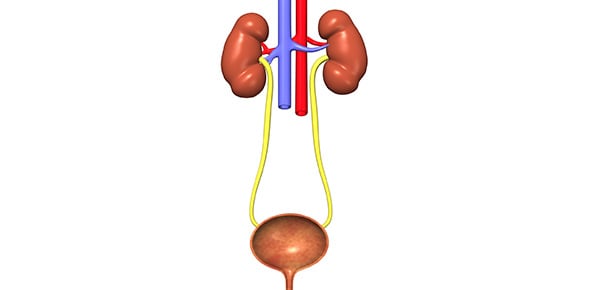Urinary System Disorders (Quiz # 1 Version C)
- NCLEX
- AACN
2.
You may optionally provide this to label your report, leaderboard, or certificate.
Submit
Submit
Submit
Submit
Submit
Submit
×
Thank you for your feedback!
















